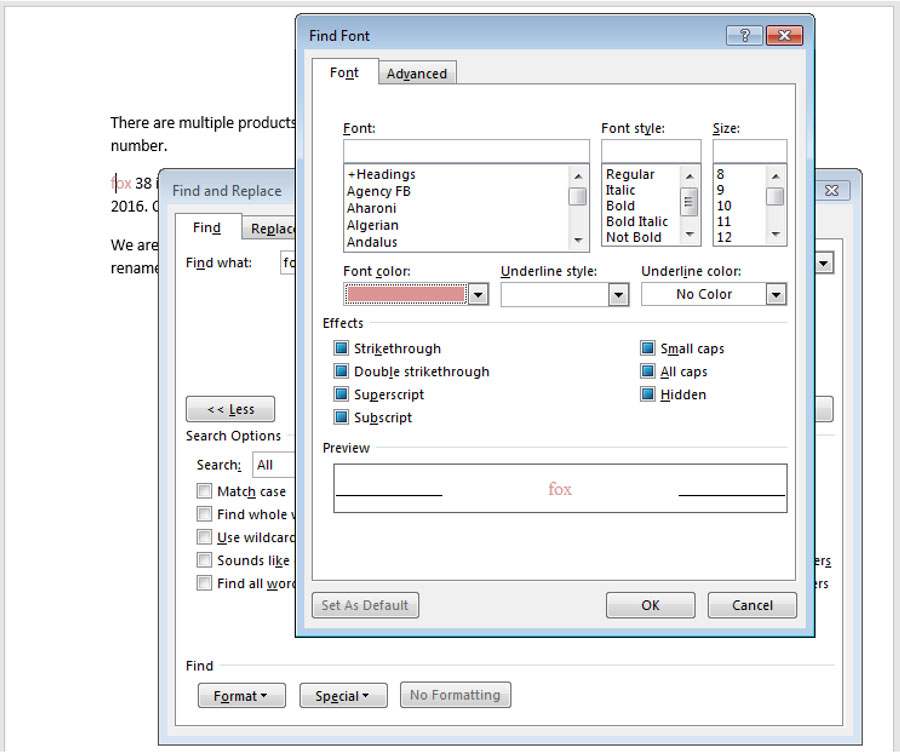

I know, that isn’t what FR asked about in his email. Just to get warmed up, let’s display the contents of our file with line numbers. Now that we have the lines stored in an array, we can use the handy For Each control structure to perform an operation on each line. arrLines = Split(strFileContents, vbNewLine)
Ms excel for mac regex code#
So, the following code chops the content in strFileContents into lines and stores those lines in the array variable named arrLines. VBScript uses the symbol vbNewLine to indicate a new line. In our case, we want to snip the string whenever we encounter new line or carriage return linefeed characters. We’ll use two of the Split function’s arguments: a string to split up and a shorter string that indicates where to make the cuts. VBScript gives us a function that does exactly that. That means we want to split the contents into distinct lines and store the results in an array variable. Because of that, we can use those characters to to break up the stored content into lines and store those lines in a type of variable that can hold a set of things. ReadAll stored those line break characters in the strFileContents variable.

It interprets them and breaks lines accordingly). (Well, to be fair, it doesn’t really hide them. Line breaks are stored as characters that your favorite text editor hides from you. Luckily, we haven’t lost the information about where one line ended and another began. But, at this point, we have all of the lines munged together and stored as a single string of text. Now, we want to do something (extract a MAC address in this case) to each line that we read in from the file. That will ensure that the output is displayed in the command prompt window rather than in a popup message box.

Note: If you do this, be sure to run the script by typing cscript.exe scriptname.vbs instead of using wscript.exe. To see that this worked, you can display those contents by adding the line WScript.Echo strFileContents to the end of the script. OK, so we now have the contents of C:\logs\logfile.txt stored in the variable named strFileContents. Set objFile = objFS.OpenTextFile("C:\logs\logfile.txt")

Set objFS = CreateObject("Scripting.FileSystemObject") You do this by using the reasonably-named ReadAll method. In that case, the next step is to slurp up all the content in the file and store it in a variable in your script. Let’s assume that the text file we’re working with is not super large, so loading it into memory is not an issue. So we have to write a bit of startup code that prepares that object for use. We need to use the FileSystemObject object.
Ms excel for mac regex full#
But we’ll begin there to be sure that everyone gets the full story.
Ms excel for mac regex how to#
You said in your email that you had already figured out how to read the file contents into a variable in your script. So let’s develop a script that provides a framework for this type of task. But this is a really common and important scripting problem and the scripts are pretty lightweight. The last time someone asked the person writing this column for a boost, the result was lower back pain that lasted for days. Could you give me some pointers or even a demo script with which to give me a boost? Hey, Scripting Guy! I’ve been asked to create a script which will read the contents of addresses.txt and output ONLY the MAC addresses listed in the text file.


 0 kommentar(er)
0 kommentar(er)
